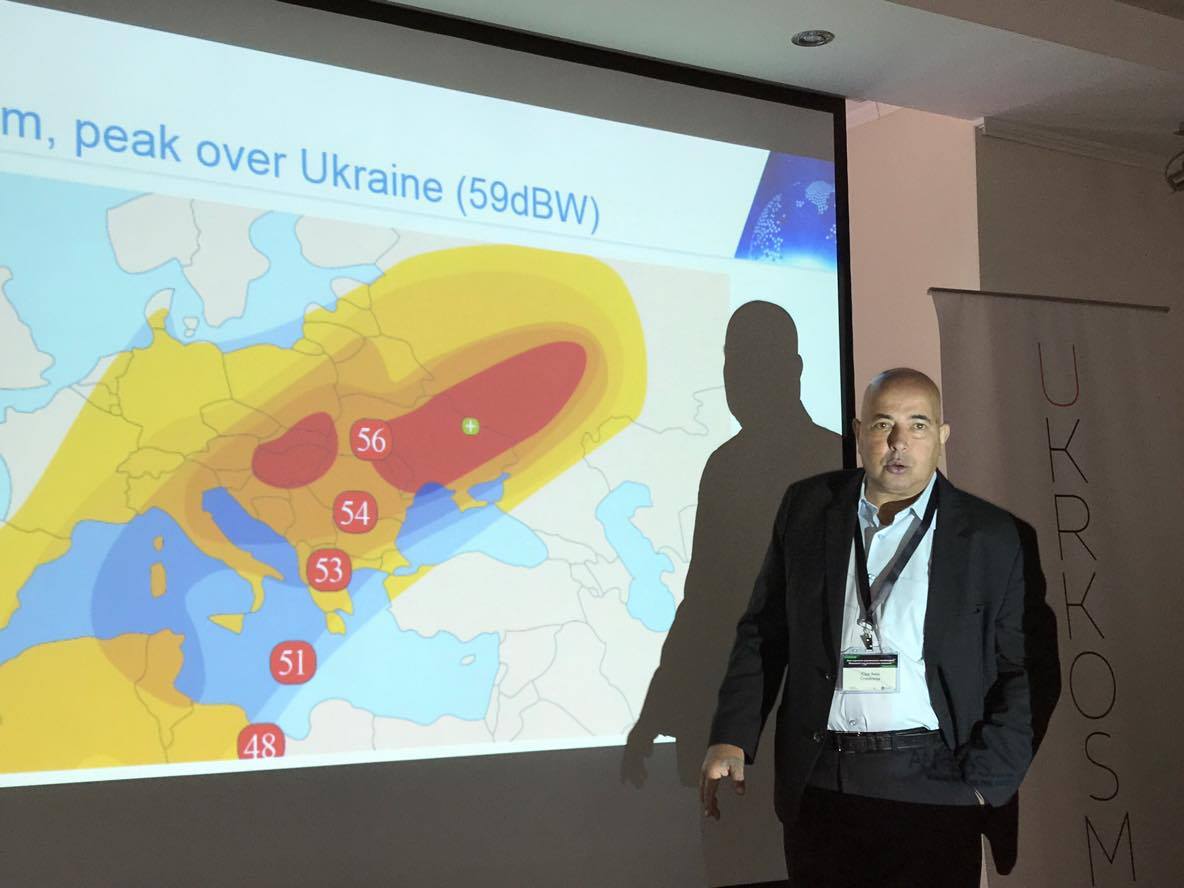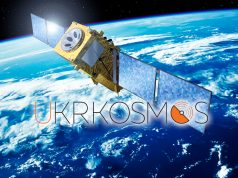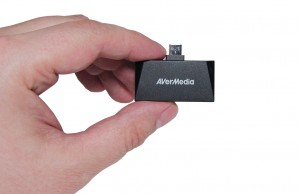In March 2017, the satellite operator Spacecom and the company “Ukrkosmos” announced their joint project “Krajina TV”, focused on regional broadcasters. At the conference “New Horizons of Satellite Television. Potential of Regional Broadcasters”, held in Lviv on May 24, the companies disclosed some project details.
The regional channels will be provided with three months of free promo broadcasting via the satellite Amos-7 and upload services of the Ukrkosmos’s teleport in DVB-S2/MPEG-4 standard. After this period, the channels can stop cooperation without any obligations or stay on the satellite on a commercial basis, and the broadcasting fee will be within USD 4000 per month. The price covers a full range of services.
Yuri Balychev, Ukrkosmos, spoke about the idea of the project: “The country’s major TV channels are talked about all the time, but the television does not end on them. There are popular and interesting regional channels that can and should be developed. We have capabilities to upload TV channels on a satellite. The company Spacecom is ready to provide a capacity on its new satellite. As for the DEPS, we have been cooperating with it for a long time, since they have the best equipment. Why not offer regional channels an opportunity to upload on the satellite? I think most TV channels mused on broadcasting via the satellite, but the high price and other problems stopped them. With the introduction of new compression technologies, the satellite communications have ceased being so expensive”.
The advantage of the project can be cooperation with advertisers, so that the sales houses are much more interested in working with a package of regional channels than with individual channels.
The TV channels got interested in the project, but it is impossible to implement it without the National Broadcasting Council’s support, because the law stipulates satellite broadcasting licenses.
Olga Bolshakova, NAM, said that the offer would be interesting to regional channels, especially those that have not yet obtained digital TV licenses. The key problem is the change in license fee, because it cannot be the same for a national and regional company, even if both of them are distributed via satellite: “Today, it is the right time to amend the law, it is necessary to go on discussing this issue, involving the regulatory authority, and, possibly, the profile parliamentary committee. If the National Broadcasting Council supports this initiative, then the project has a good chance”.
The broadcasting of regional channels via the satellite can positively affect the TV market and the Ukrainian economy as a whole. The project will facilitate regions’ decentralizing and economic strengthening. In the light of the media groups’ intentions to encrypt TV channels on the satellite and the threat to national security arising, the free-to-air regional channels will be able to smooth out possible risks of encrypting principal channels. Moreover, when switching to the digital standard and analog cut-off, some subscribers will migrate to a satellite signal reception. These issues were discussed at the conference “Satellite TV: Strategies and Risks of the Ukrainian Market” in the framework of the XXIII Kyiv International TV and Radio Fair, organized by the Mediasat and the “Tele-Radio-Courier”.
The key component of the project is the satellite capacity, provided by the operator Spacecom. The company managed to replace the satellite AMOS-6 that was destroyed in the accident, so in February, a new satellite AMOS-7, the former Malaysian AsiaSat-8, started broadcasting for Ukraine. It became the most powerful satellite, among those with beams to Ukraine. Its beam power reaches 59 dWB and 56 dWB. The Mediasat featured the presentation of that satellite in Ukraine.
In 2021 it is scheduled to launch the satellite AMOS-8, which will replace AMOS-7. The Spacecom also has been working on the construction of AMOS-17, which will be equipped with Ka-band beams and additional redirected beams. The satellite will serve commercial and government interests.
Spacecom expressed its readiness to work not only with large Ukrainian channels, but also with the regional ones. The operator’s trump card will be an attractive price offer and the most powerful satellite signal in Ukraine.
Jehuda Amir, vice president for CIS and Romania sales at AMOS-Spacecom: “We understand that the austerity budget and cost optimization are actually very relevant for the Ukrainian market players, so our strategy is based on offering the most favorable terms to our customers. It should be remarked that for a lower price they will get services of even higher quality, since AMOS-7 today is the most powerful satellite in Ukraine. Thanks to the cooperation with the “Ukrkosmos”, we can offer convenient, reliable and favorable upload and redundancy schemes. One of our activities is to establish cooperation with regional channels, which have not been present on the satellite until now”.
Yuri Balychev told about the Ukrkosmos’s involvement in that and other projects and recalled that their teleport was the best in Ukraine due to the advanced equipment by Harmonic. The Mediasat has already featured in detail the advanced potential of the “Ukrkosmos”’s teleport, which allows uploading HD signal at the price of the SD one without losing quality, and other technology innovations. This approach opens up opportunities for cooperation between channels and building new business models, including the launch of a premium DTH platform and UltraHD channels. It is important to emphasize that the equipment is fully adapted to the parameters of the future Ukrainian communication satellite “Lybid”.
When implementing the “Krajina TV” Project, there will be used the equipment by Deps. The presales engineer Anton Kulish told about the main trends in the market, technology innovations and the how they would improve the quality of services.
Today, the most demanded solutions are those for improving compression efficiency, hybrid SDI + IP infrastructures and solutions for 4K and Ultra HD.
Among the products offered by Deps, there are universal head-end stations by Appear TV, solutions for IP broadcasting by Elemental Technologies, solutions for working with uncompressed video by Nevion and Barnfid, conditional access systems by Cryptoguard, EPG solutions by Teleste. “We offer equipment that fully ensures delivery of video content and allows providing high-quality services to the audience that guarantees a business success”, as Anton Kulish assures.
Olli Tuomela, representing the Bridge Technologies, partner of Deps, which develops monitoring and analysis technologies, i.e. the solutions that allow detecting and troubleshooting network problems, as well as improving image quality. Mr. Tuomela drew a detailed structure and parameters for assessing quality of experience (QoE) and quality of service (QoS). These indicators are transformed into quality of service and customer satisfaction. To ensure a stable picture, it is required to monitor the quality of signal transmission at different points in the network.
Mr. Tuomela presented the latest developers’ innovation Nomad, which allows obtaining comprehensive data about changes in the media signal. The device meets all the needs arising in hybrid networks, multicast IP, OTT and works with satellite, terrestrial and cable signal, being ideal for transmitting to IP. It contains a built-in Wi-Fi Zone and is designed to replace the old school PCI card and other outdated technologies. Nomad monitors independently and does not need any host system.























